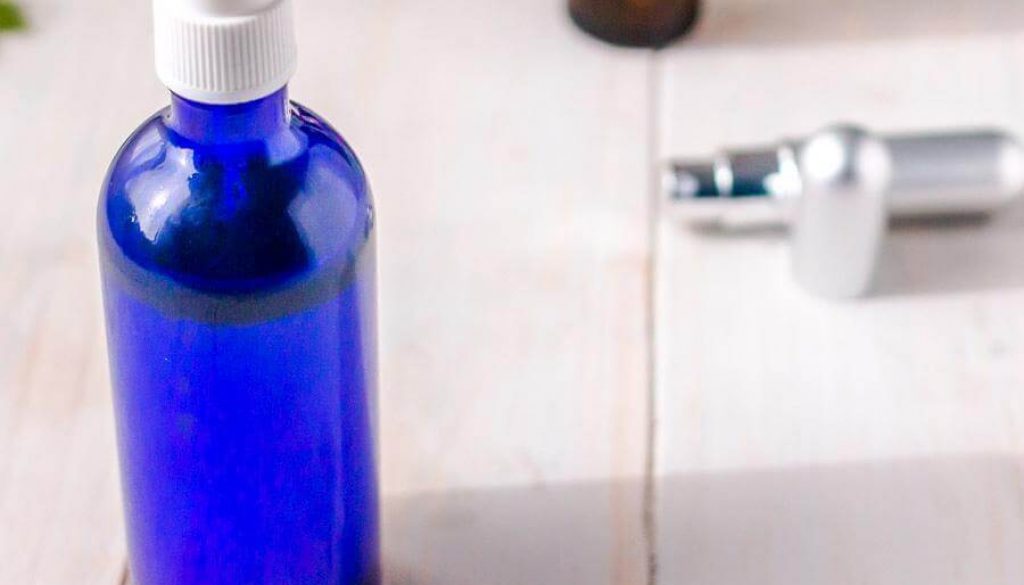DIY Bug Repellent
Author: Jayla Burton, Fall 2020 Diversity & Inclusion Intern
Winter is coming to an end, and at this point we are all looking forward to beach days, clear summer nights, and the countless hours outdoors. If you’re anything like me, going outside during warmer months makes you an automatic target for mosquitos and other pesky insects. Naturally, to combat this our first instinct is to run to the nearest drug store and pick up a bottle of mosquito repellent spray. But have you ever stopped to consider what you are putting onto your body and into the environment?
Most mosquito repellent formulas contain diethyltoluamide (also known as DEET). It was meant to give protection from mosquitos, ticks, fleas, and any other insects that love to feast on human skin. Over the past couple years, reports are showing that DEET is not only harmful for humans, but for animals and the environment as well. According to the Agency for Toxic Substances & Disease Registry, there have been reports of the association between insect repellents containing DEET and “adverse neurological effects including seizures, uncoordinated movements, agitation, aggressive behavior, low blood pressure, and skin irritation.” If DEET can do this to our bodies, can you imagine the harmful effects it can have on the environment when it is sprayed into the air and released into the atmosphere?
Of course, there are alternatives you can purchase on that do not contain DEET, but if you are interested in making your own all-natural bug spray repellent, then this article is for you!
IMPORTANT TIP: You may want to do a patch test on your skin using the essential oils to see how you react before applying it to your body.
What You’ll Need:
- Container: 3 oz. spray bottle or glass bottle with dropper
- 15 drops of lemongrass essential oil
- 15 drops of eucalyptus essential oil
- 15 drops of tea tree essential oil
- 15 drops of lavender essential oil
- 15 drops of thyme essential oil
- 3 tablespoons of sweet almond oil
- Small amount of witch hazel or vodka
Directions:
- Add ingredients to bottle
- Shake it up!
- Label bottle
Note: Label pipettes for dedicated use to avoid cross contamination of essential oils.



